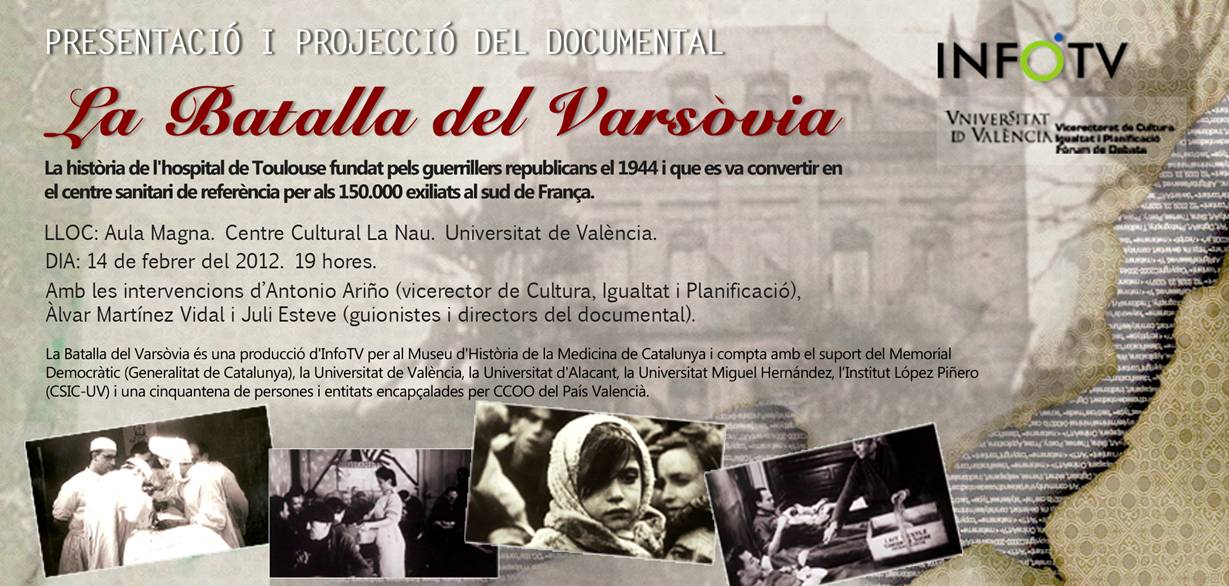Centre d’Història de la Ciència (CEHIC) – Universitat Autònoma de Barcelona
The Public History of Science Project at the Science
Museum, London
Tim Boon
Head of Research and Public History, The Science Museum, London (UK)
Divendres, 10 de febrer, a les 11 am
Seminari d’Història de la Medicina Unitat d’Història de la Medicina (M6-128)
Facultat de Medicina – Universitat Autònoma de Barcelona
The Science Museum, London has embarked on a project in the Public History of Science, Technology, Engineering and Medicine (PHoSTEM). In this talk, I will discuss the rationale for this programme, describe some of its activities and reflect on progress so far.
The project was established in 2010 with the conviction that, for all that much work has been done on the public understanding of – and latterly public engagement with – science, since the Bodmer Report of 1985, the history of science has not seen comparable attention. For some science museums, this has had the paradoxical effect of diminishing the impact of their historical collections; the core work of the effective public representation of the past of science and technology has not received the critical attention enjoyed by contemporary scientific practice. And yet the sophisticated understandings of scientific practice typical of modern university-based science and technology studies has much to offer museum visitors constantly adjusting to life in our scientific and technological era.
In our public history project, we have been concerned not simply with effective ‘broadcasting’ of the history of science to audiences, but also with the nature of its ‘reception’. This means research into audiences’ existing grasp of the history of science and technology. Accordingly, we have been pursuing a programme of ‘action research’, working with participant groups of the general public in the curation of exhibitions. In this talk, I will speak in particular about the ‘Oramics to Electronica’ project on the history of electronic music.
